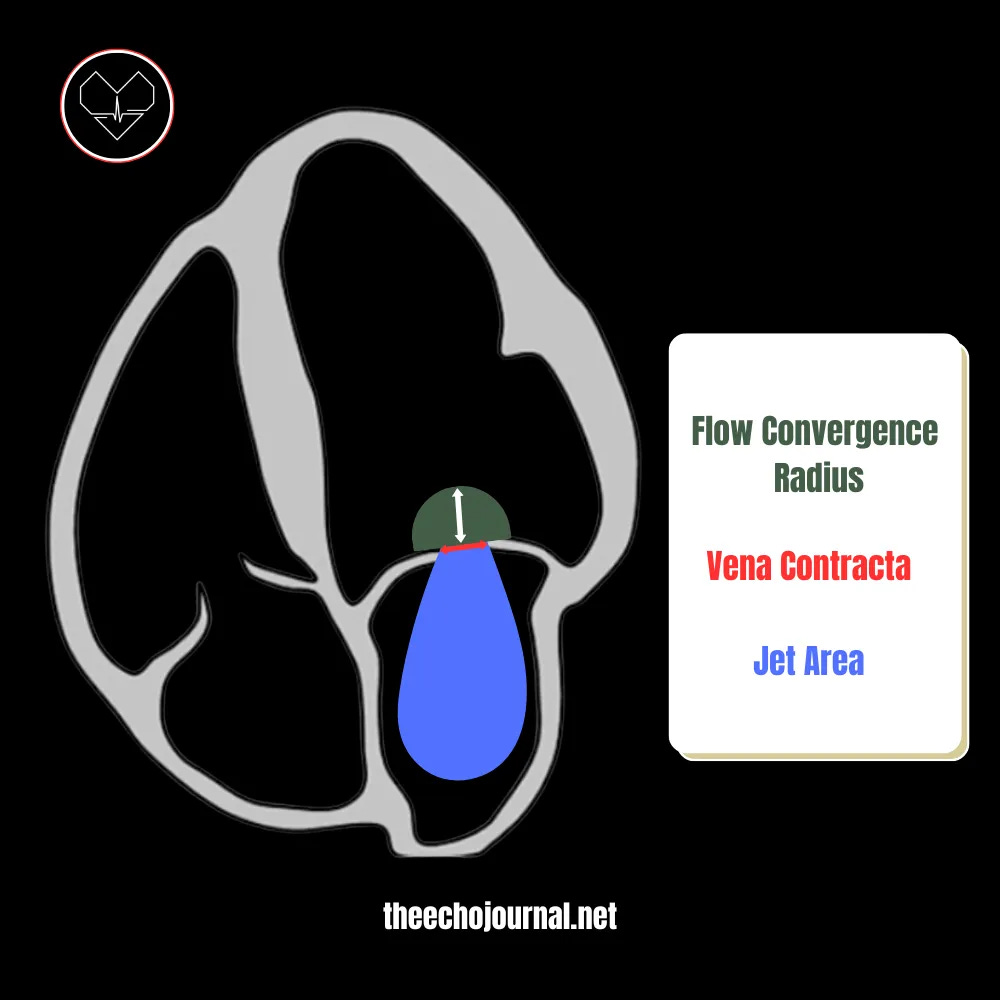Go with the Flow: A Quick Dive into PISA
In echocardiography, PISA stands for Proximal Isovelocity Surface Area. It’s a Doppler-based method used to quantify the severity of valvular regurgitation, most commonly mitral regurgitation (MR). The effective regurgitant orifice area (EROA) and the regurgitant volume (RVol) are of particular interest in these cases. Boost your accuracy in evaluating mitral regurgitation with these quick PISA method tips and tricks.
4 Pro Tips
Zoom on the mitral valve and lower the color baseline in the direction of the regurgitant jet to 30-40m/s
Measure from the flow convergence from the vena contracta to point of color aliasing
Trace the densest continous wave Doppler for the MR velocity time integral (VTI)
CW and PISA radius should be obtained at the same point during the cardiac cycle - it is a limitation that this is done from a single frame image.
Timing of Measurements
Since the PISA calculation provides a peak flow rate of a still image, it may not be equivalent to the average regurgitant orifice throughout the entirety of systole. Mitral regurgitation is often dynamic; the measurement of the radius and MR VTI should be completed at the same time during the regurgitant phase. For example, do not combine a late-systolic flow convergence measurement with a mid-systolic mitral regurgitation CW tracing. The EROA may be underestimated when there is multiple secondary regurgitant jets or overestimated when there is a late systolic primary jet of MR.
Case Lesson
Want to take it to the next level? In the full lesson below, we walk through a real case and show you exactly how to grade mitral regurgitation using PISA—step by step. You'll learn when to measure, how to avoid common pitfalls, and how to perform this powerful quantitative assessment like a pro. Unlock the full educational experience on The Echo Journal by becoming a premium supporter!




